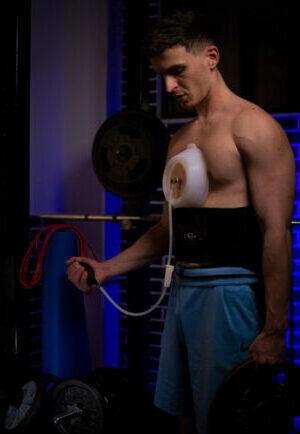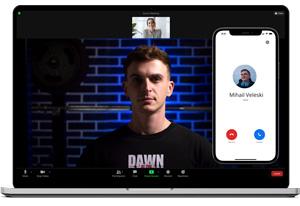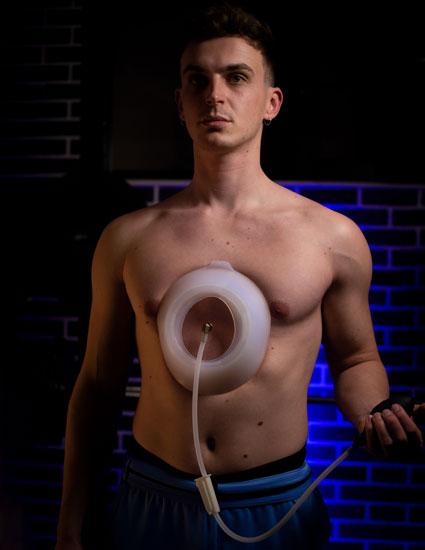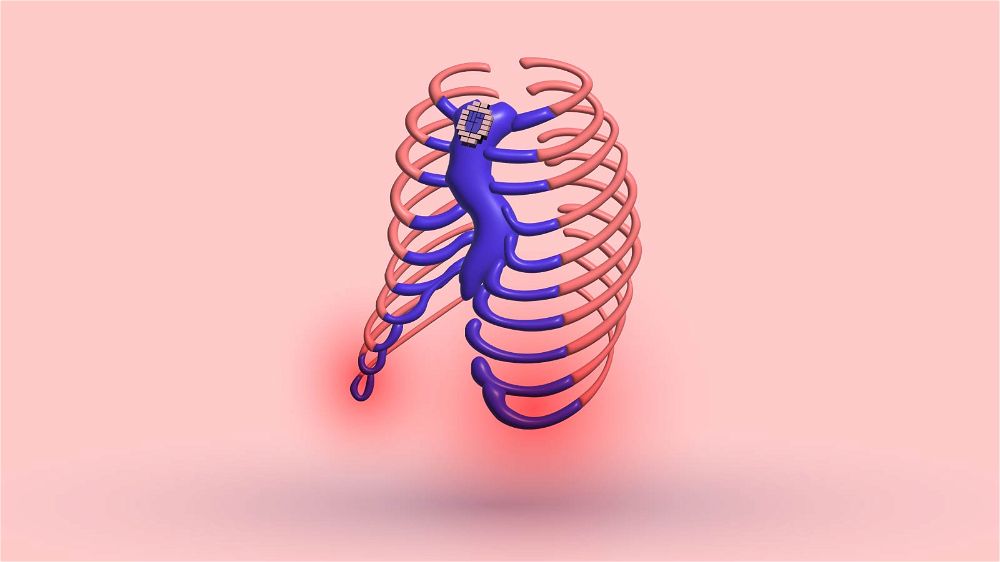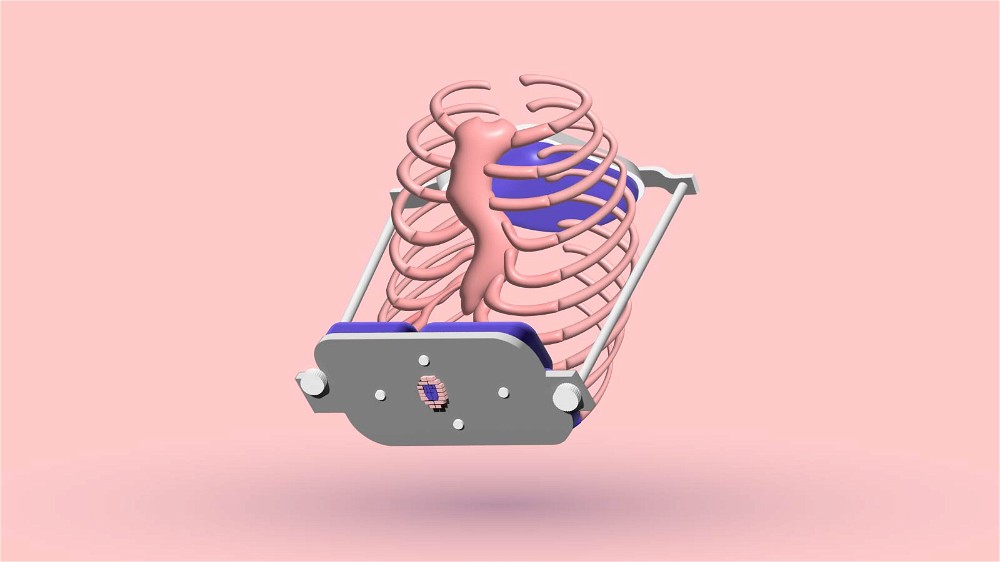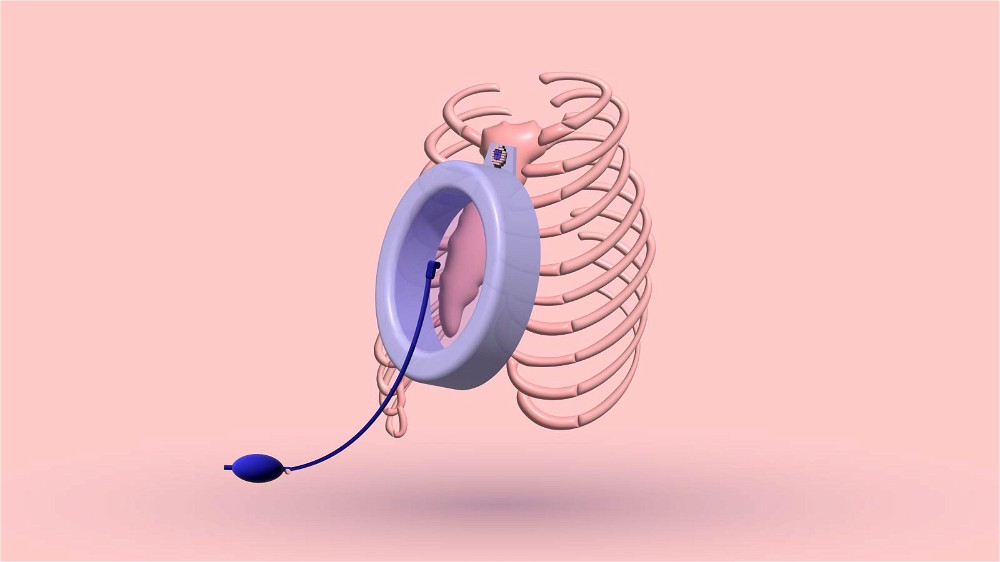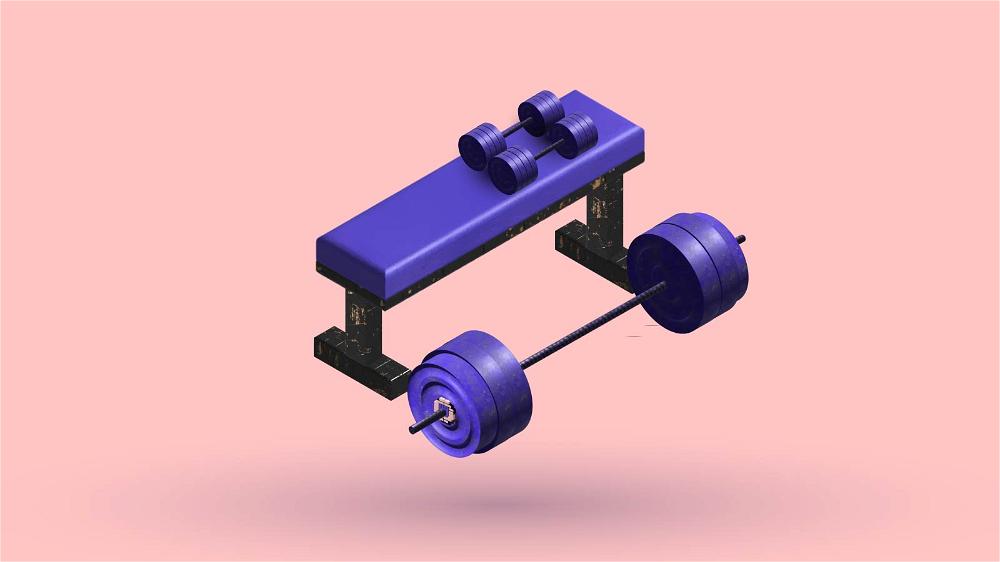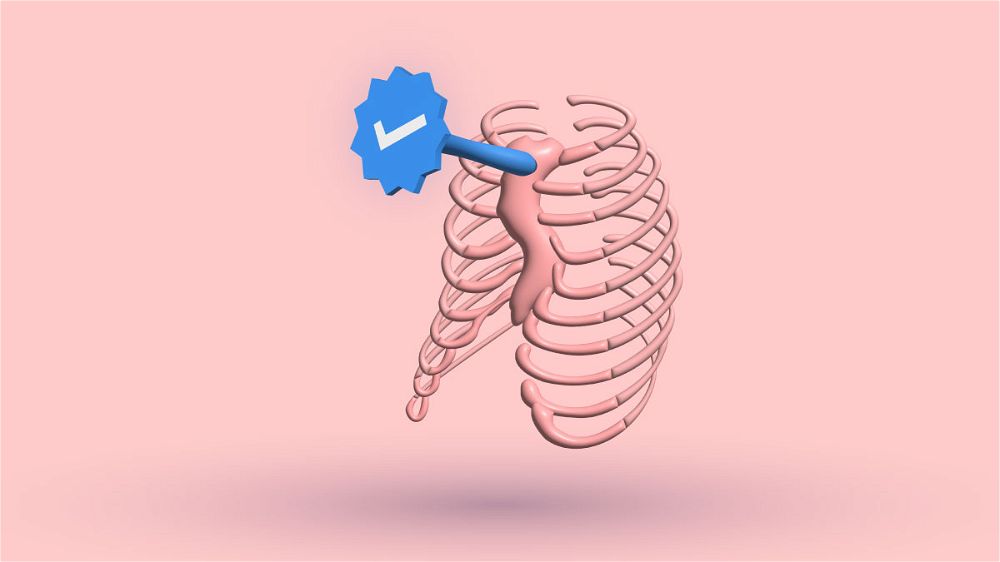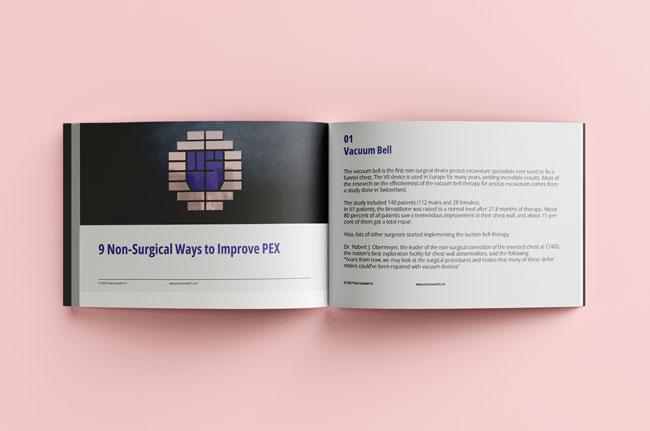Today I would like to introduce you to a friend, Edward Peterson. He has undergone a Nuss procedure and corrected his pectus excavatum deformity. Ed is just an actual guy that I know. Now he is living his sunken chest-free life to the fullest.
I haven't seen Edward personally in a while. I was scrolling through my Instagram account recently, and he grabbed my attention before and after the Nuss procedure picture (see below). I instantly had an idea for this article.
I asked Ed if he didn't mind answering a few questions. He pleasantly agreed, and I was pleased to share what he had to say.
So, there we have it. I asked the most desirable questions that every sufferer from pectus excavatum needs to know about.
He explains everything about the Nuss procedure. Pay close attention to every single question, especially the last one. He summarizes what he learned throughout the three-year journey of correcting pectus excavatum.
Q&A with Edward Peterson
MV: What type of chest deformity did you have?
EP: The chest wall deformity I had is known as pectus excavatum. Some people call it a hollow or concave chest. It causes your breastbone (sternum) to curve inward, causing you an indented chest appearance.
MV: When did you get diagnosed with pectus excavatum?
EP: I received my diagnosis back in April 2012. During that time, I was a freshman at the local West Springfield High School in Virginia. I got my diagnosis when I saw a Thoracic medicine specialist at the George Washington University Hospital in Washington, DC.
MV: How did the deformity make you feel?
EP: The congenital deformity caused me to be very uncomfortable with myself. I was anxious about my appearance. My self-confidence was gone. I was viewing myself through the lenses of other people.
The deformity preoccupied my thoughts, almost all of them related to the deformation. I couldn't focus on anything else. I failed at school and had no physical power to compete with my peers during basketball pickup games.
MV: Were you bullied at your school because of your deformity?
EP: I wasn't bullied by my peers at all. Nobody knew I had a pectus excavatum chest deformity because I was very uncomfortable taking my shirt off in front of others.
However, I had honest conversations about the deformity with my peers and friends. They all said it wasn't a big deal, and I focused too much on that.
MV: What symptoms did you experience?
EP: Mostly, I experienced psychological symptoms of deformity. I was depressed and lost all my self-confidence during that time. I also had physical symptoms like a loss of stamina, shortness of breath, and chest pain after intense exercise.
I had had enough. Primarily because I couldn't compete with my friends during basketball games, even though I had a better skill set than them. I decided to find a solution for my pectus excavatum deformity and regain my lost physical capacities.
MV: How did you learn about the Sunken chest fixing options?
EP: I discovered them on my own. I went online and typed in "how to fix pectus excavatum." I found many resources that could help me repair the deformity. Back in 2012, there weren't any resources to fix the deformity non-surgically. The only way I could correct my indented chest condition was through a pectus excavatum surgery.
My Haller index was 2.4. The severity of my condition was mild. If your site (Pectus Excavatum Fix) were living in 2012, I would consider the non-surgical treatment solution you wrote about.
I am 100% sure I could fix my deformity through physical exercises, braces, yoga stretches, deep breathing, and vacuum bell therapy. However, back in the day, I couldn't find any information about it, so I underwent a Nuss procedure.
MV: How was your experience with the Nuss procedure?
EP: It involved inserting a titanium bar in my chest to push out the caved breastbone because of my pectus excavatum.
I was asleep during the operation. I didn't experience any pain. However, the postoperative pain was too extreme. I had to take pain medications on an hourly basis.
It was the most painful experience of my lifetime. I had to stay in hospital for ten days.
MV: How did you prepare for the sunken chest surgery?
EP: Throughout the summer heading into my sophomore year, I felt very self-confident and fearless. I was completely prepared to handle the pectus excavatum surgery. I chewed the bullet and marched forward with my existence.
To repair a chest flaw, I underwent an invasive treatment where step one required the removal of disobedient, dysfunctional cartilage from my inverted chest.
If the surgery were a success and went flawlessly, I would have six broken ribs, a lacking chunk of cartilage, and three drainage tubes piercing my tummy. Most importantly, I'd have a beautiful 6 cm stainless steel rod rooted semi-firmly underneath my sternum.
MV: What were you doing after the Concave Chest surgery?
EP: Shortly after my chest's event with the scalpel, I stayed on the medical center bed. I was lying stiffly on my backside for ten long days.
I felt immense pain when I stood up, turned and twisted, elevated my arms over my head, ingested food too swiftly, used muscles in the upper body, or sat up.
I didn't go for more than three hours during the week in peace. The physician was constantly fixating a brand-new monitor on me, modifying my tubes, and questioning how I felt.
MV: Were you worried about someone hitting your chest at school?
EP: The pectus excavatum surgery left me weakened and immobile. I didn't go to my sophomore year orientation week. Throughout orientation week, Mr. Smith, handling the student body, revealed to the students that I shouldn't be roughhoused with, pushed around, or even touched.
He explained that it would dislocate the bar in my chest, causing me an injury leading to significant problems in my later life. He told the students not to touch me simply because I was vulnerable.
I breathed gently, ate slowly and gradually, climbed the stairways very carefully, lifted nothing heavier than a textbook, and observed anybody who might harm me. On top of that, I slept motionlessly on my backside with my arms set at my side.
To this day, I'm very thankful for Mr. Smith's statement. Luckily, surgeons did not harm my postoperative chest during my sophomore year. I returned to my high school feeling sensitive, sore, and alive. Many stares, concerns, and sighs of relief welcomed me back.
MV: How did people at your school react after the Nuss procedure?
EP: Everyone asked what happened and why I required a pectus excavatum surgery. They all acted very carefully in my presence. My friends were cracking jokes about the stainless-steel rod, calling it "Rodney." I was smiling and laughing, which was great for me psychologically.
My friends made me feel alive again. They all begged to see the overwhelming scar. They relieved me of how terrible it must've been to abstain from participating in sports. Some of them wondered who in their reasonable mind would drag a wheeled backpack in high school.
Adjusting to this brand-new, exciting, and humbling existence was not simple. Living with a physical barrier, not taking the verbal jabs at my health personally, and the dependency on my buddies, educators, and family members required some attention.
MV: Who did you need the most during the recovery period?
EP: The 12 months of restriction and dependency significantly impacted my personality. Where would I have been without having those who I depended on? — My mom and dad guaranteed my safety.
My sister brought me food and drinks while I lay motionless in bed. The physicians and pectus excavatum surgeons worked inexhaustibly to repair my pectus excavatum body and relieve my soreness. Mr. Smith made high school safe for my buddies, who held my backside from tackling, and me.
My existence had those surrounding me. If any person ignored the severity of my condition, it might have injured me severely. Instead, my community took care of me and kept me safe. I am forever grateful for that.
MV: What did you learn following the surgery?
EP: Living with the metal bar in my chest trained me in humility. I continuously thanked those who ensured my safety during high school. I consistently had to explain the story of my pectus excavatum surgery to those who didn't know. I couldn't even carry a backpack. I couldn't hug my buddies.
Most importantly, I was so weak physically that a nine-month-old baby would take me down in a fight. All of that trained me in humility. I figured out that humbleness is everything.
Going through hard times develops calluses in our personalities. Getting through black times, we learn to succeed and go through life with our heads still on our shoulders.
After living with the pectus excavatum bar underneath my sternum for three years, I have the confidence to do anything I desire. I feel confident that I am doing things I would never have perceived myself doing.
Conclusion
So, there you have it, fellow concave chest fighters. Edward is living proof that nothing can stop you from pectus excavatum correction.
As he said, fearlessness is the only determining factor between success and failure. Ever since he lost the fear of pain, he made significant decisions about his body's appearance.
However, if he knew there was a scientifically proven non-surgical approach to correcting his deformity, he would've chosen that path. Undergoing a Nuss procedure takes a lot of courage that many sufferers lack. The fear makes their bodies unappealing and their mental states weak.
I told you to pay special attention to the last answer. Edward explained well that humility is everything. That's the state of mind that each of us needs to have. That's how the world becomes a better place.
Learn to love yourself and appreciate your flaws. As cliche as it sounds, it is the key ingredient to living a good life. If you hate yourself because of your pectus excavatum condition, other people will do too, and vice versa.
Never live in fear. Let Edward's story motivate you to take the pectus excavatum surgery for adults or start following the non-surgical physical treatment. Don't hesitate. Fear is the only thing that is holding you back. Learn to pierce through fear. On the other side, you'll see that it isn't as bad as you thought.
Don't let your funnel chest deformity determine how you'll live the rest of your life.


